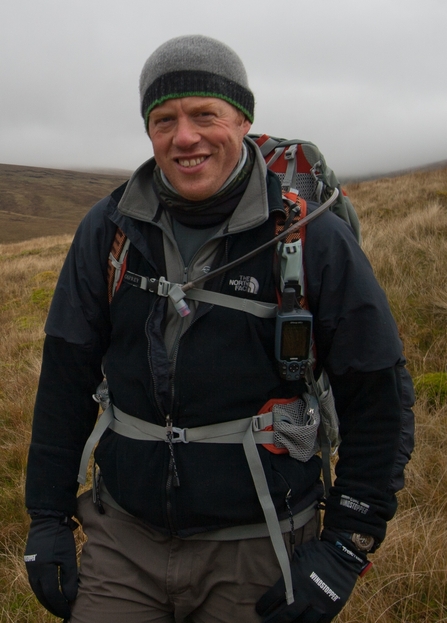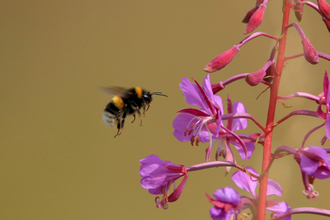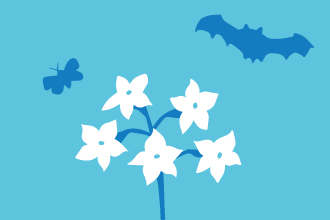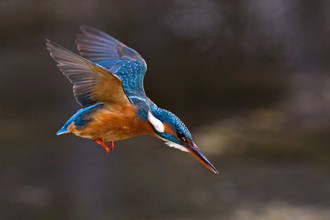“Why moths?” is one of the most common questions from friends, family and colleagues (when they’re being polite!). The straight answer is that after my career change into conservation I tried botany and quickly realised I didn’t have the patience or eye for it so started photographing the moths on the botanical field trips I was tagging along with and quickly got hooked.
How to get started in the wonderful world of moths!
Burnet companion moth (Tom Hayek)
Scorched wing moth (Tom Hayek)
Moths get a bad rap. People’s reasons for not being fans are fairly consistently either “they eat my jumpers” or “they’re too flappy”. There’s not much I can do about the second one, but of the more than 2,500 species of moth occurring in the UK, only about 5 species have any interest in munching on your best cashmere – most moths you’ll see in the house have either got there by accident or are more interested in the detritus under your skirting boards!
One of the things that’s becoming increasingly apparent is just how important moths are for 2 key functions – food and pollination.
Blood-vein moth (Tom Hayek)
Bird species such as the blue tit and cuckoo not only time their breeding to coincide with the emergence of caterpillars, but actually the caterpillars of specific moths. This is why it’s a real worry that climate change is bringing insects out earlier meaning that early broods of chicks might struggle to survive. On pollination, a recent study by Richard Walton and others shows that moths do far more than was previously thought.
OK, so now I’ve convinced you that moths are a good thing, how do you find out more about them?
I found that the key was to start basic and not overwhelm yourself. Rather than diving into buying a moth trap (which can give you more than 500 moths to sort through after a warm summer night!), why not start by photographing single moths that you disturb in your garden or along roadside hedgerows and verges during the day.

Poplar grey moth (Tom Hayek)
You can catch them with a net and put them into a sample pot to look closer. If they are very active, you can put them into the fridge for a short time (this only replicates a cold night) which will settle them down. You can also see what comes to your windows at night if you leave a light on.
There are a few essential resources to start identifying your moths. To get started before splashing out on your moth library (believe me, you can spend A LOT of money on moth books!), try using the many online resources.
White ermine moth (Tom Hayek)
On the internet start with UK Moths and check out the great additional ‘what’s flying tonight’ page run by CEH where you can add your location and it will show what moths have previously been recorded there, on that date, in order of frequency - significantly narrowing your search!
Once you think you know what you’ve got, you can go to social media to double-check. On Facebook there are various groups to help you identify what you have in your photos. The ones I find most helpful are Moths UK & EUROPE and Shropshire Moths. On Twitter, add #teammoth to your photo to attract some feedback on what you’ve found.

Tom Hayek
Senior Project Manager
Wildfowl & Wetlands Trust




